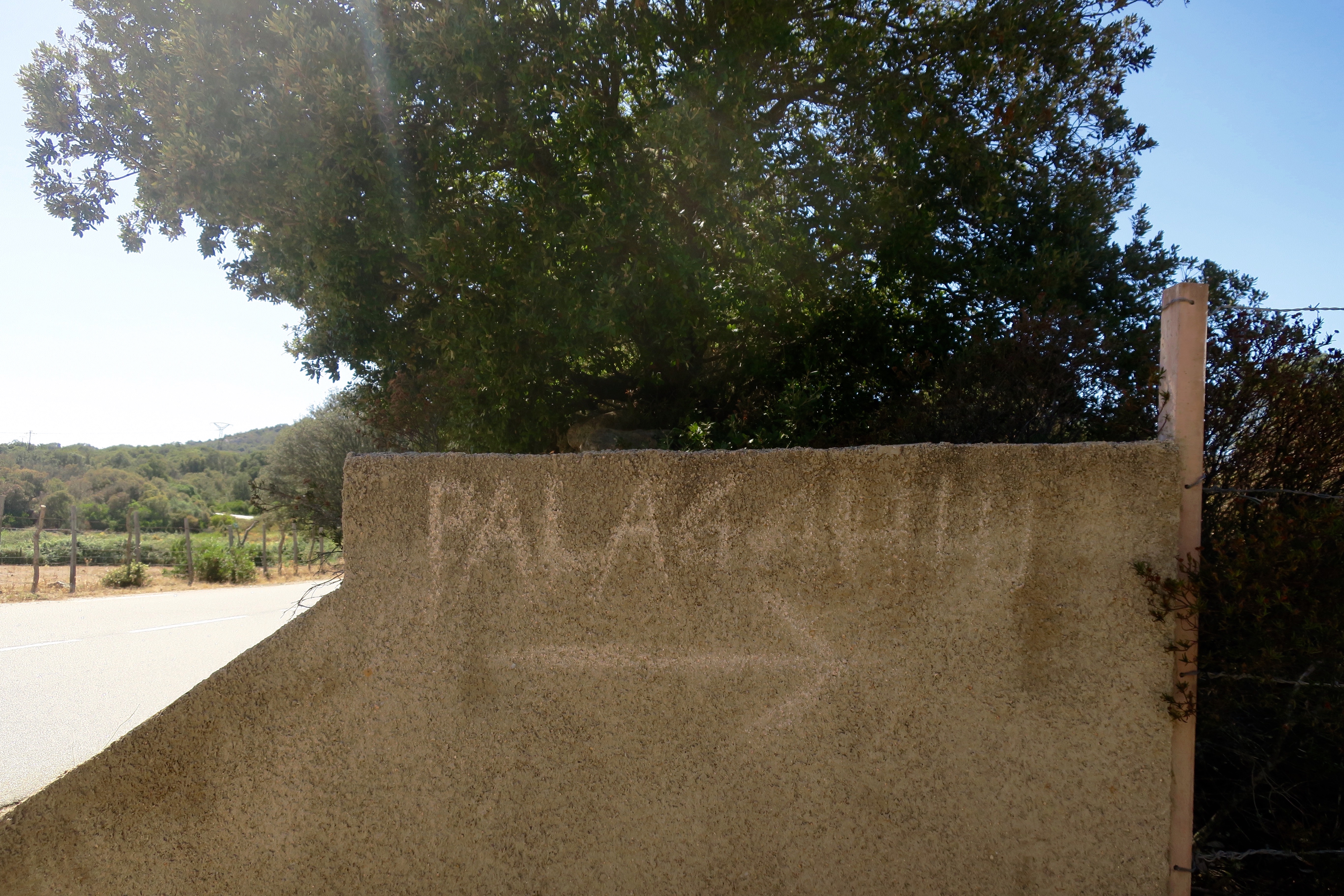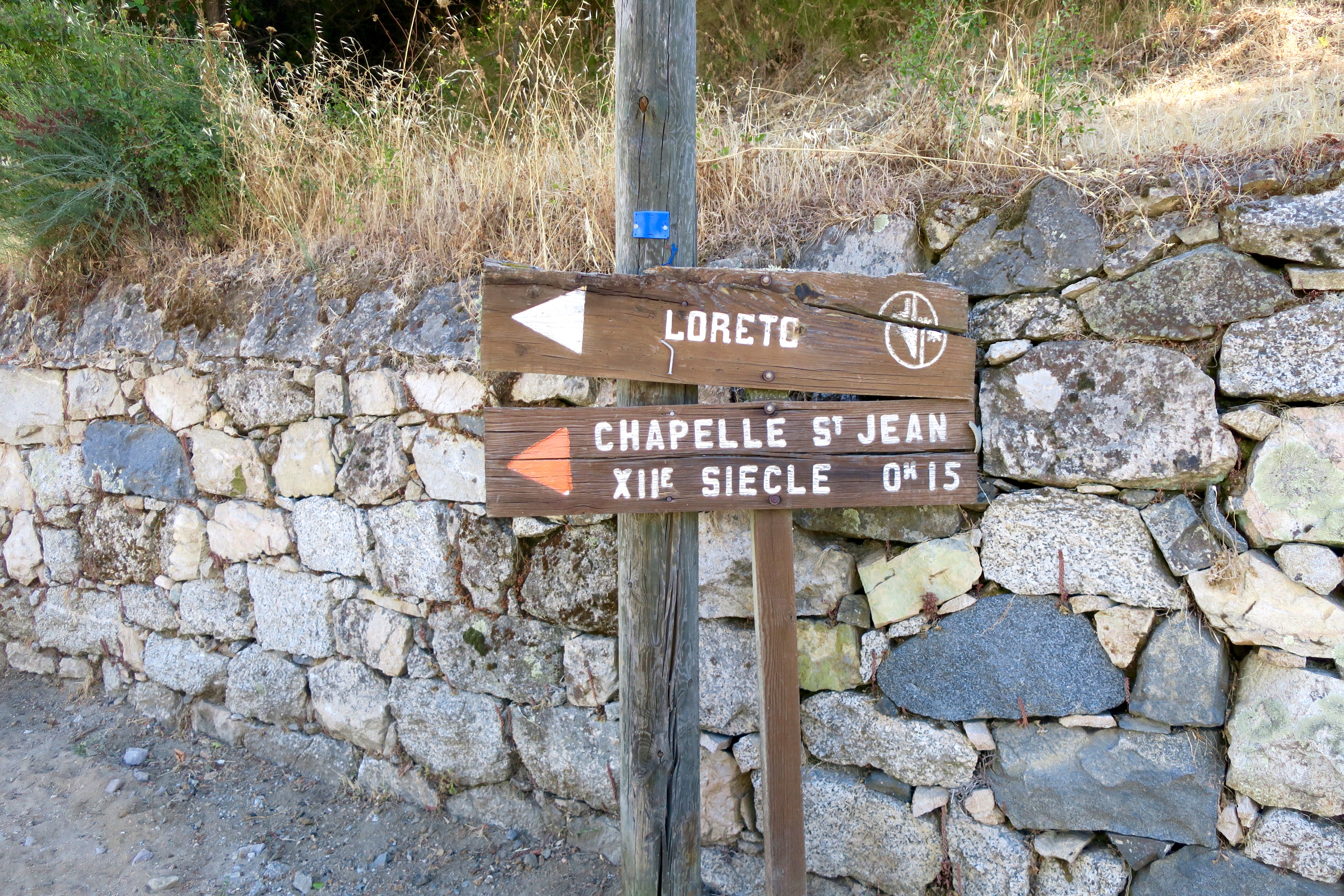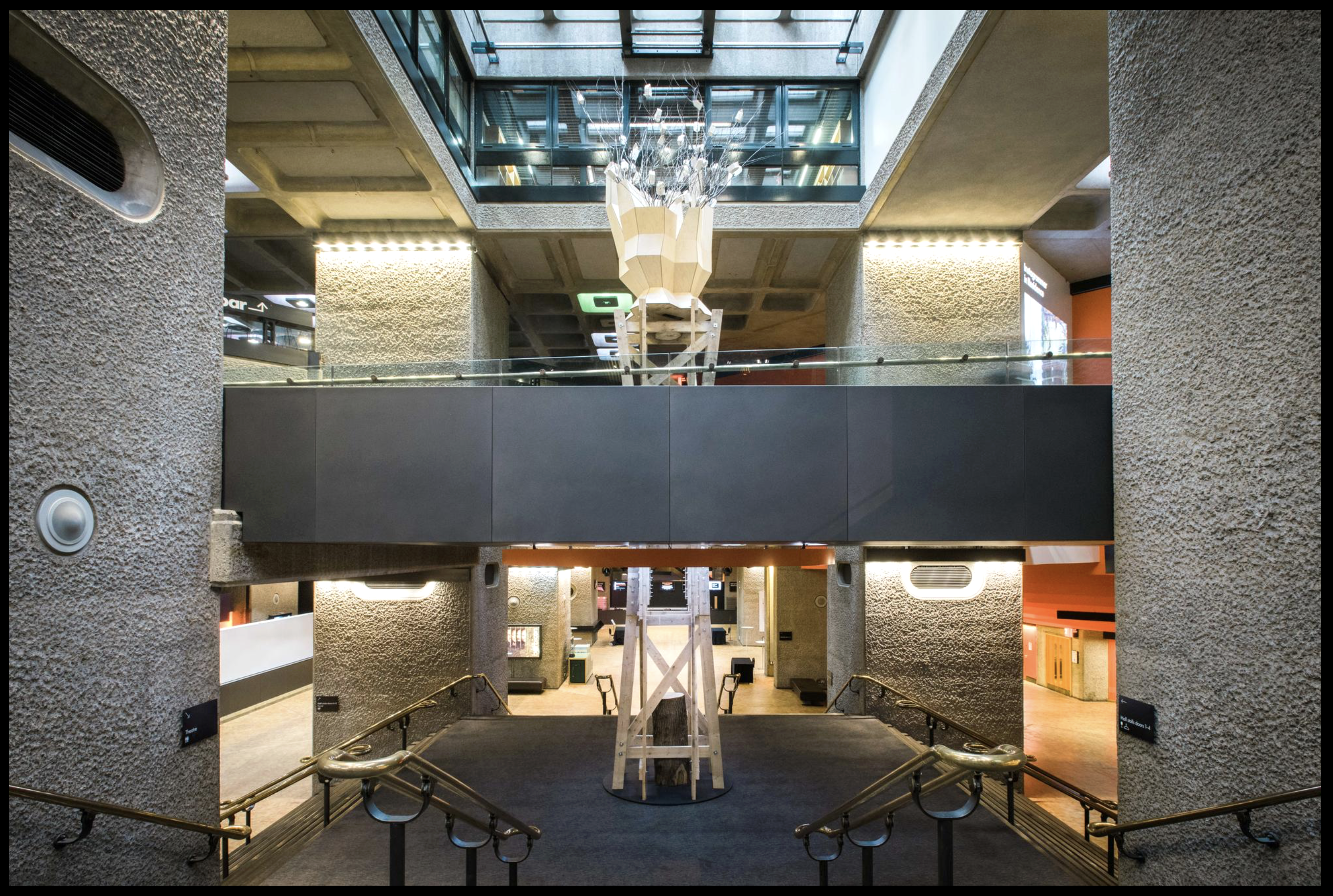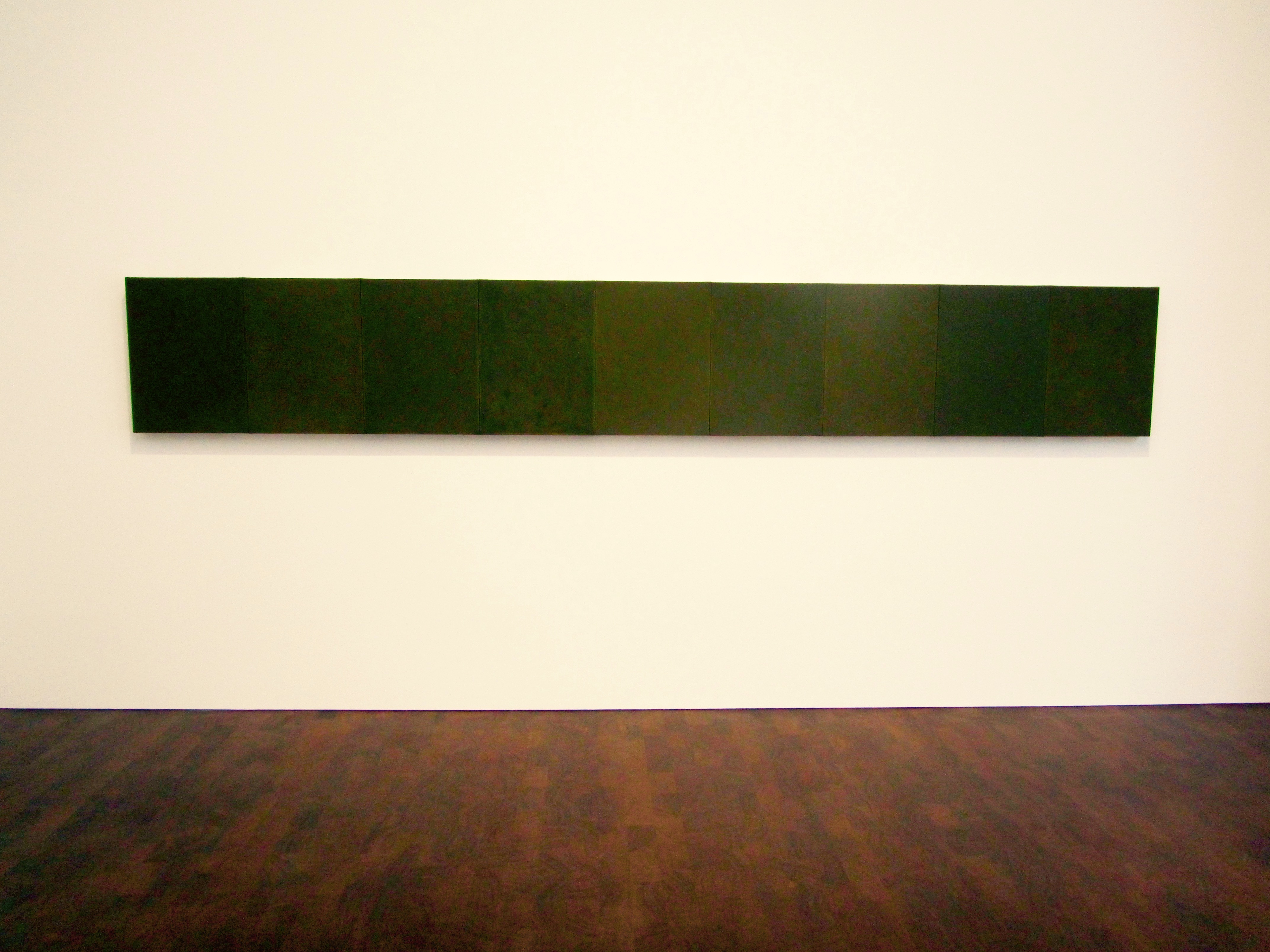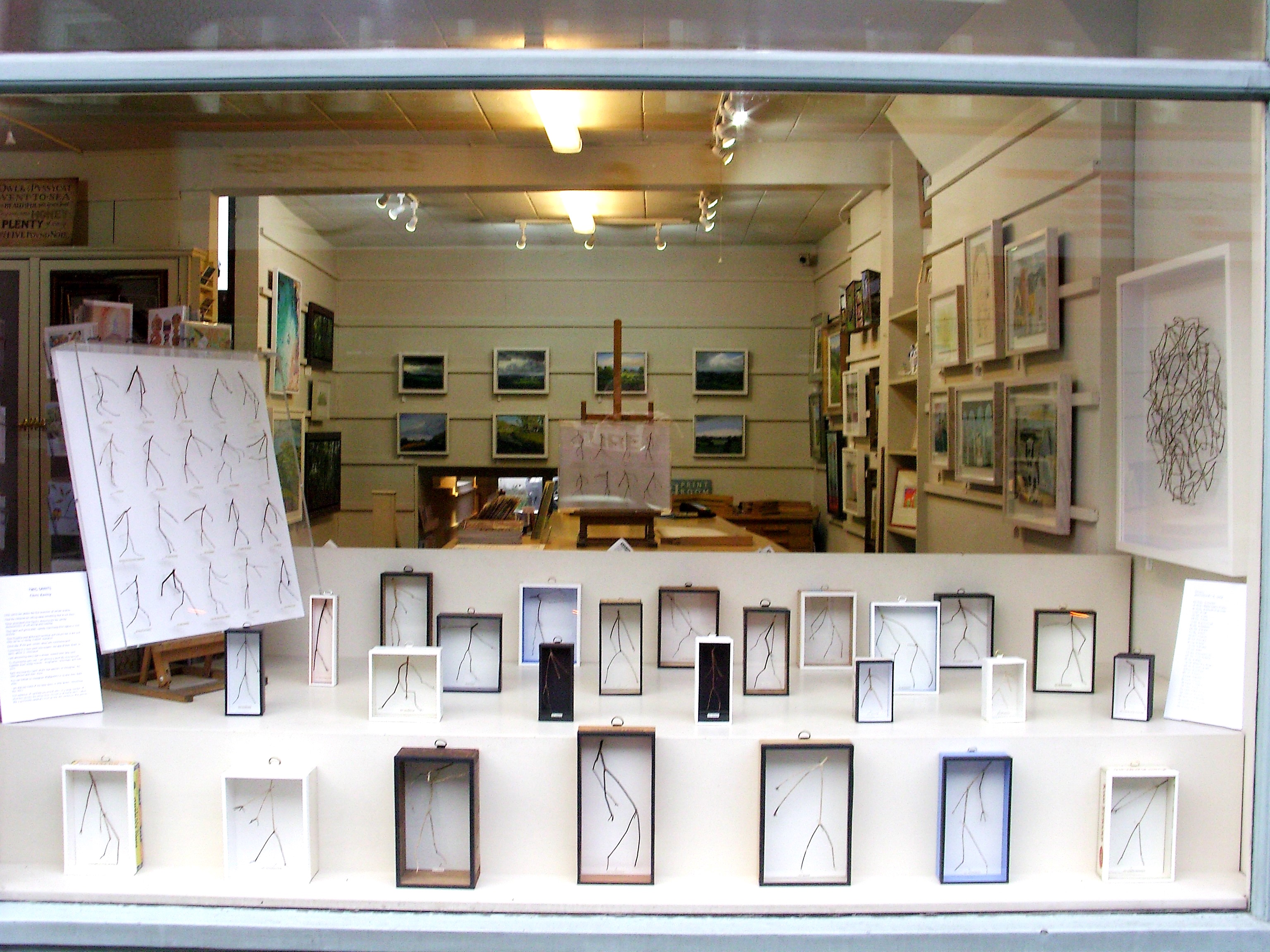Pagliaghju was difficult to find. We drove past it a few times without even seeing the sign. Each time we looked it up the spelling was different. The sign was invisible and the spelling was variable. I’ve seen Pagliaghju, Palaggiu, Pagliaju, Palaghju, Pallagiu and finally Palagahiu. Continue reading “Pagliaghju”


